Saving the orangutans of Sumatra
- Published
The Leuser Ecosystem is a UNESCO World Heritage Site in northern Sumatra and one of the largest single continuous blocks of tropical rainforest left in the whole of south-east Asia. It is also home to the orangutan, one of the region's most endangered species.
Despite Leuser's World Heritage status, it is under continued threat from deforestation by palm-oil plantations, affecting both the fragile ecosystem and critically endangered iconic wildlife.
Photographer Charlie Dailey travelled to Sumatra to document the efforts to relocate orangutans in immediate danger.
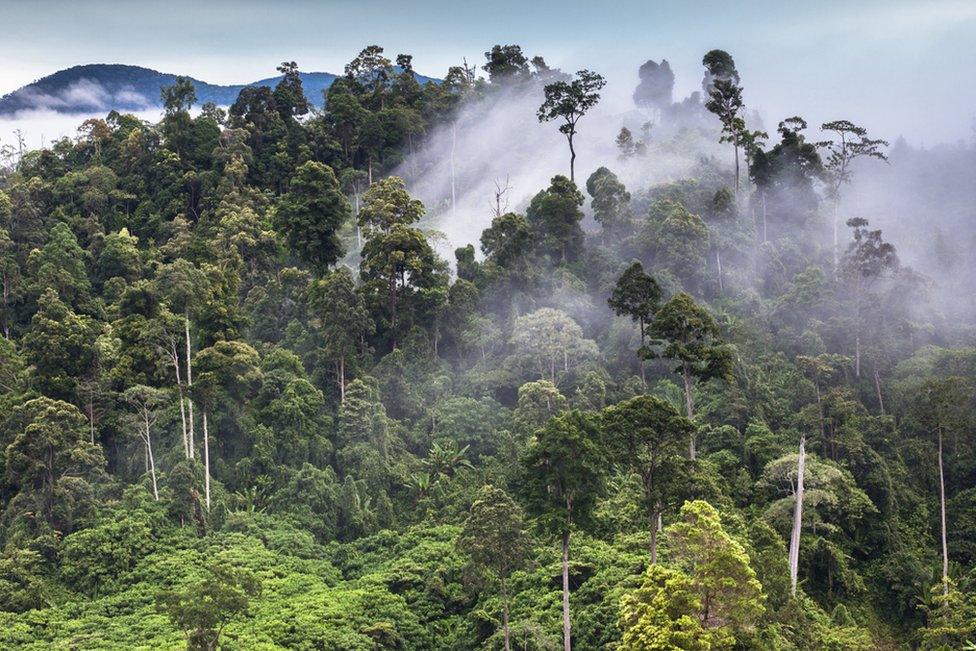
The rainforests are the natural habitat of the Sumatran orangutan. A large proportion of the population lives in the borders of Leuser, with the highest density in the lower peat-swamp regions of Tripa, Kleut and Sinkhil - primary tropical forest with canopies up to 40ft (12m) high.
When a palm-oil company moves into an area, large swathes of forests are felled to make way for plantations. To plant on the waterlogged peat-land the companies have to create drainage canals. The orangutans are displaced as the trees of old-growth forests are burned.
Palm oil is used in approximately 50% of supermarket products, from food and snack manufacturing to cosmetics and pharmaceutical products.
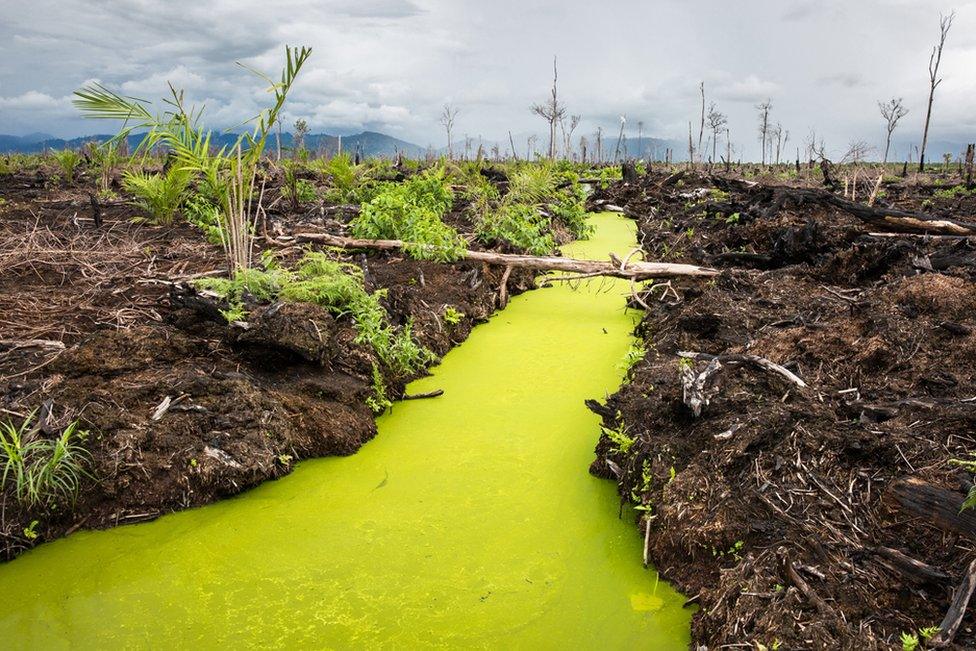
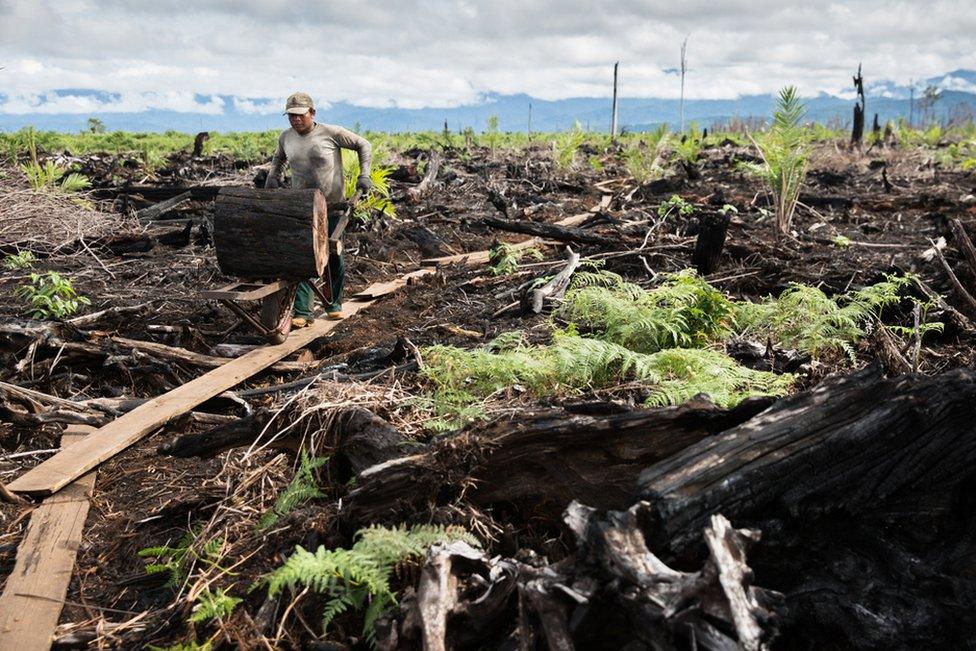
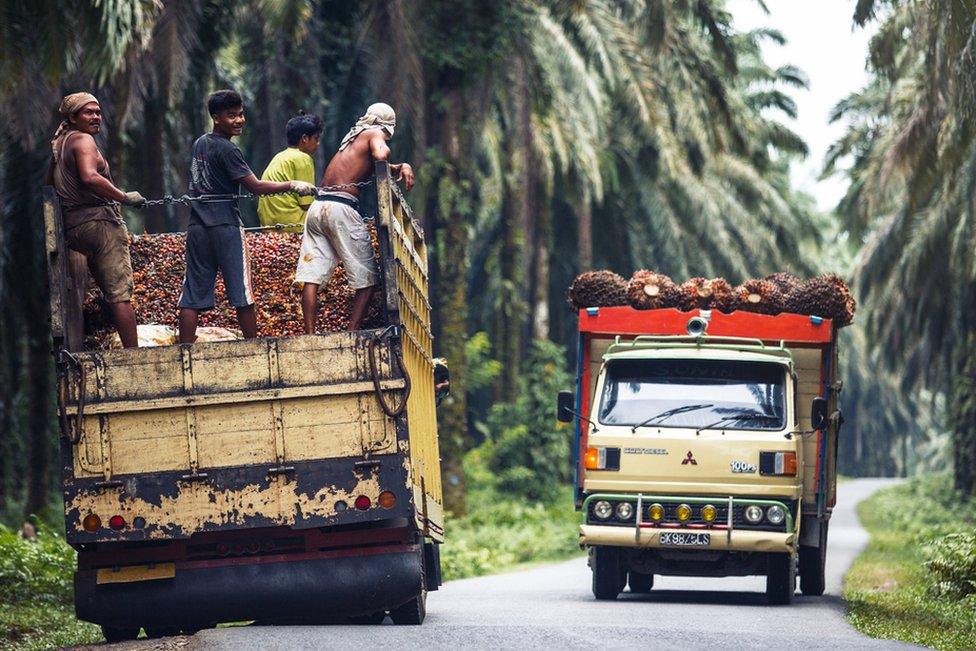
Dr Ian Singleton, director of the Sumatran Orangutan Conservation Programme (SOCP), has been working with orangutans in Sumatra for more than 20 years and is committed to their preservation, which means, among other things, confiscating those illegally taken as pets and returning them to the wild.
The SOCP team also focuses on rescuing and relocating wild orangutans that have become isolated from their natural habitat. Once rehabilitated, these are released back into the wild.
The SOCP is creating two new viable satellite breeding populations in the hope of safeguarding the species. To date more than 350 have been released into the new sites.
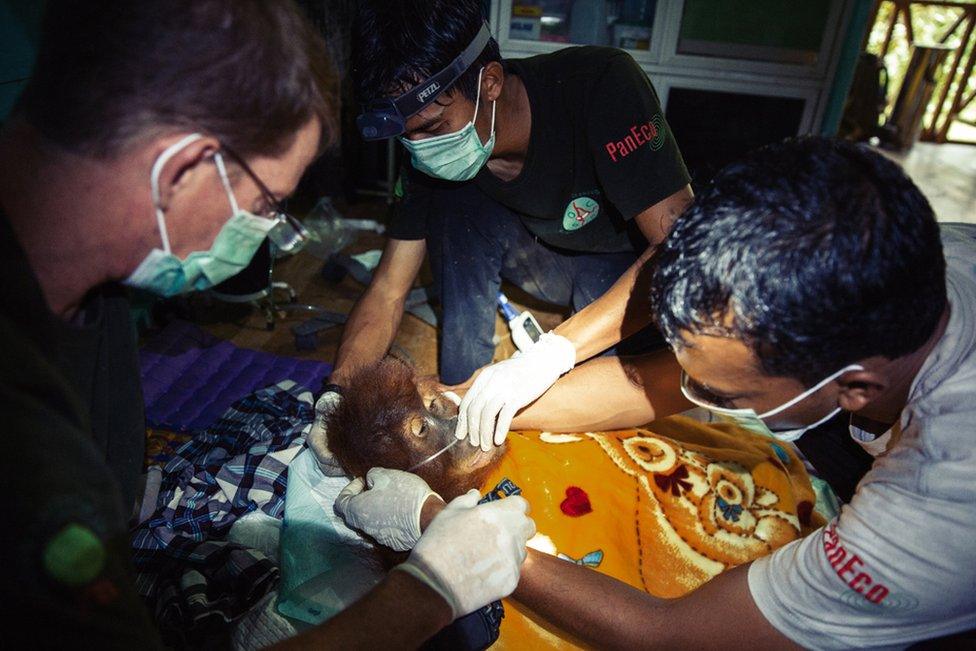

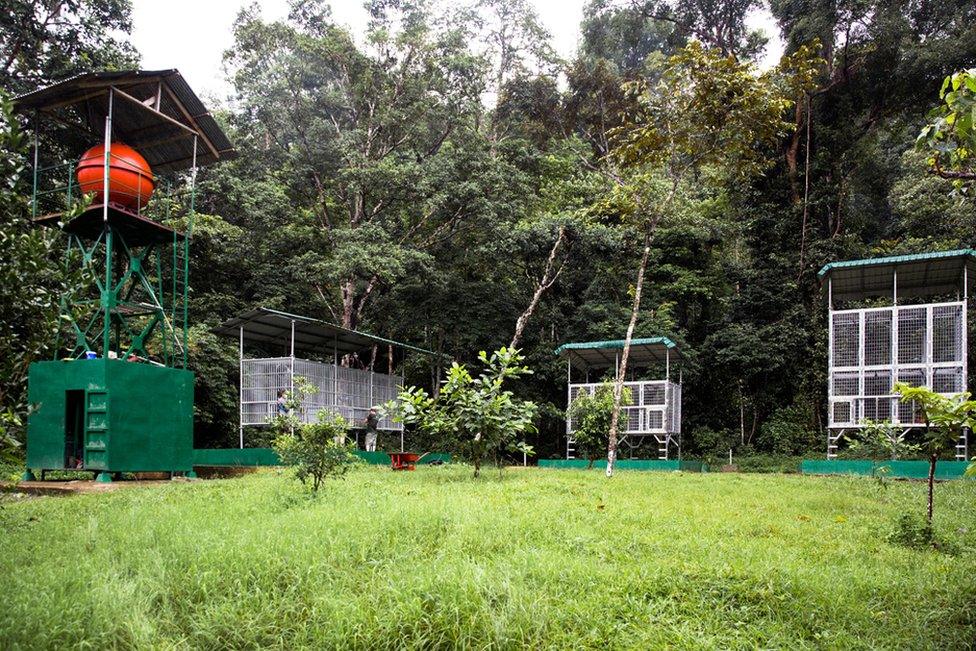
One of the SOCP's field teams had been alerted to the presence of a mother and baby located in a high-risk area of Tripa, one of the most heavily deforested regions of Leuser.
The pair had been hemmed into a tiny part of surviving forest, surrounded by palm-oil plantations. The team was able to sedate them safely so that they could be taken to a safe forest site in Jambi, where they were released.

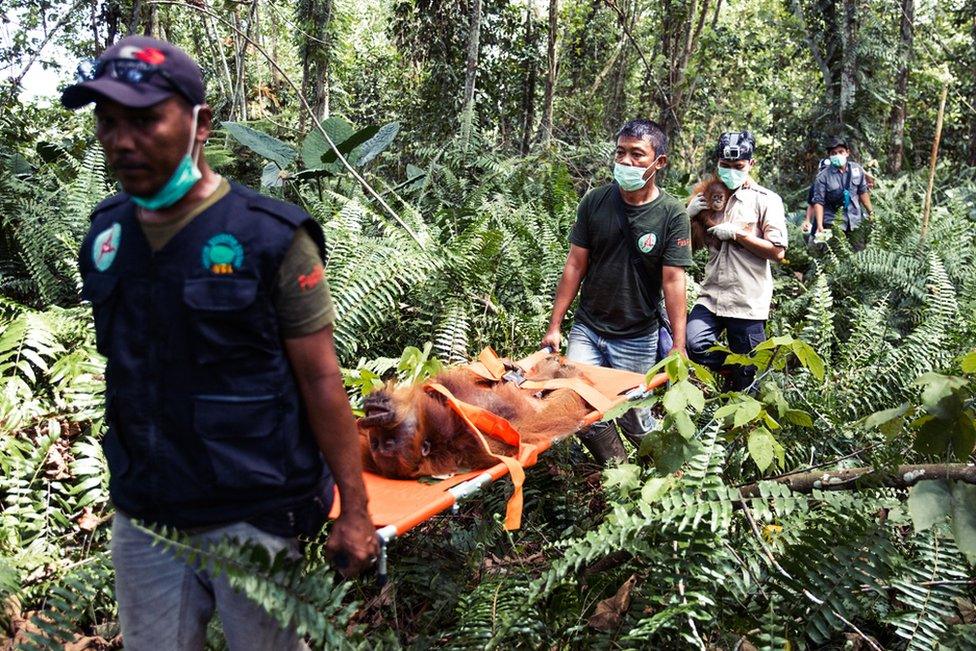
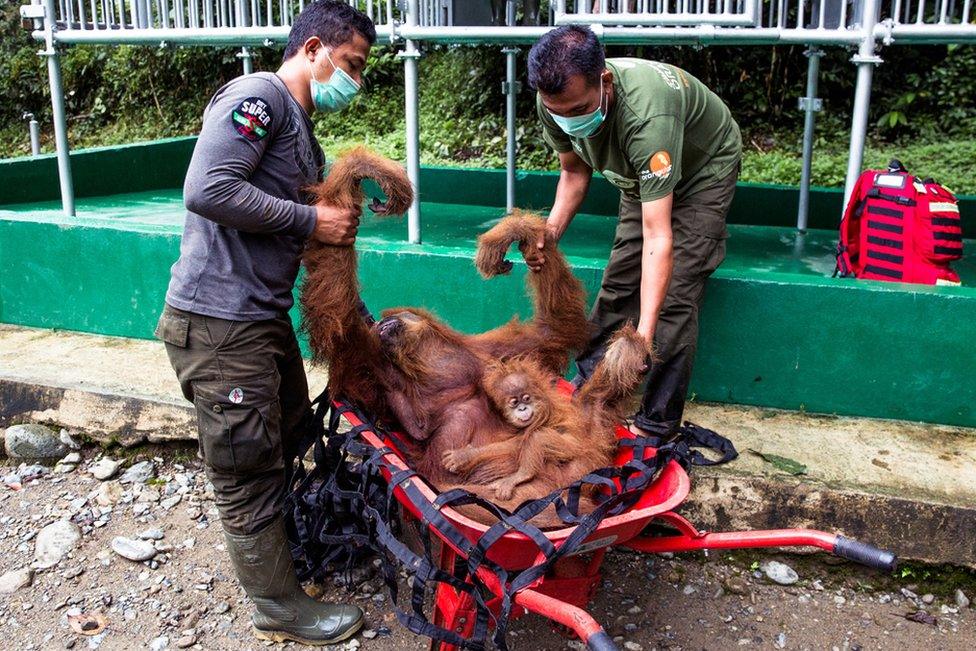
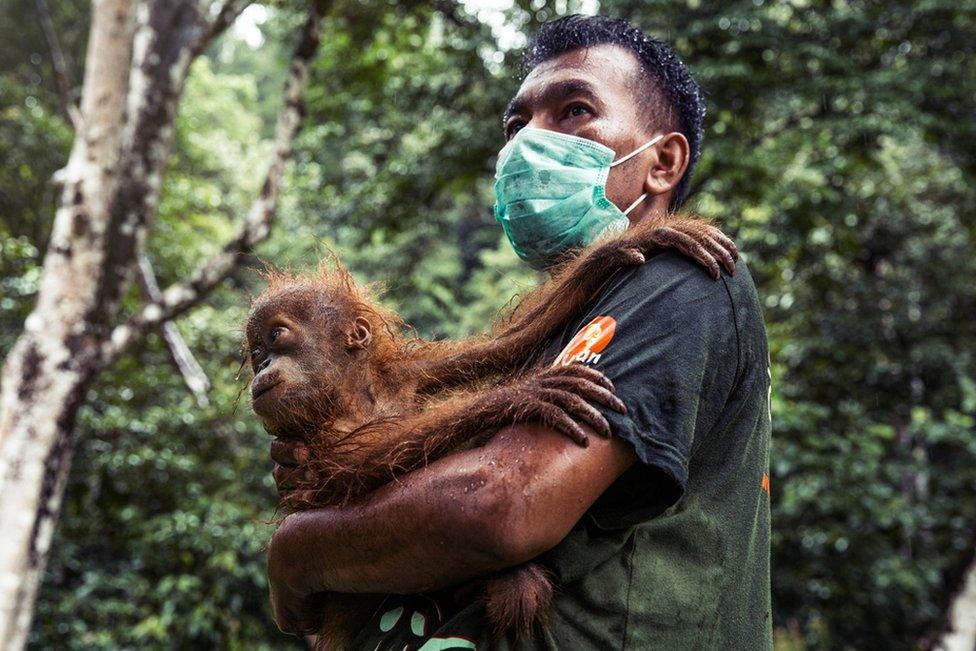
As the rescued pair disappeared into the canopy, Dr Singleton said if the Leuser ecosystem could not be protected from the palm-oil companies and further industrialisation, the Sumatran orangutan would become extinct in the wild.

All photographs copyright Charlie Dailey.